Mexican pottery is a popular and traditional art form that has developed in Mexico for thousands of years and often incorporates elements from nature, mythology and religion. It is appreciated throughout the world for its beauty and artistic quality, it has important cultural value and is a reflection of the rich history and cultural heritage of Mexico.
In addition to being a popular art form, it is also an important source of income for many communities as its production employs thousands of people throughout Mexico.
History of Mexican ceramics
The history of Mexican ceramics dates back to pre-Hispanic times. Indigenous cultures such as the Aztec and Mayan were especially skilled in the production of ceramics, creating some of the most beautiful and significant objects of the time such as vessels and ceremonial objects.
The techniques of working with ceramics evolved throughout history, also being influenced by European techniques during the colonial period and opting for various styles such as Talavera ceramics, originally from Puebla, black clay ceramics in Oaxaca or clay burnished in Tonalá, Jalisco.
Today, Mexican ceramics continue to be a current form of popular art. Artists and artisans throughout Mexico continue to produce high-quality ceramic objects using techniques that have been passed down from generation to generation.
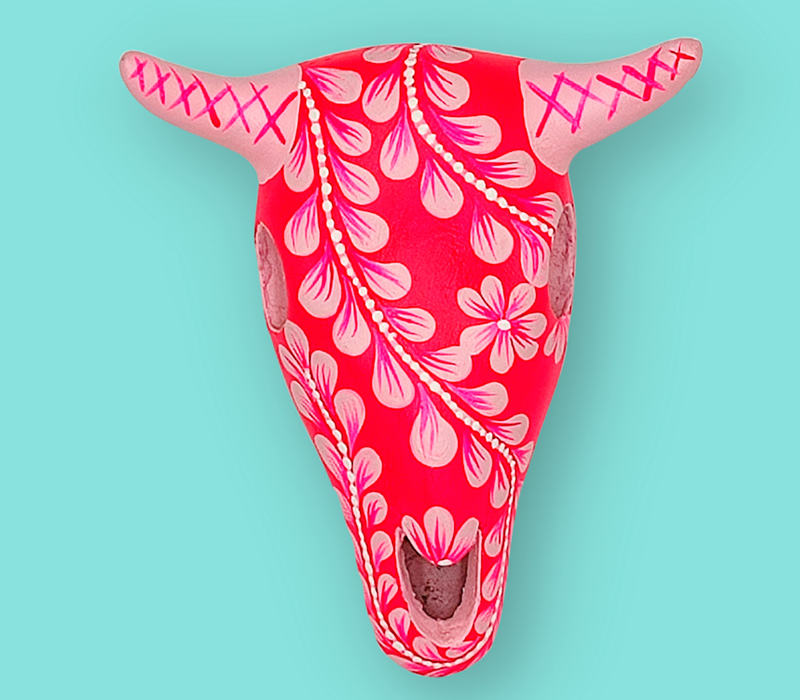
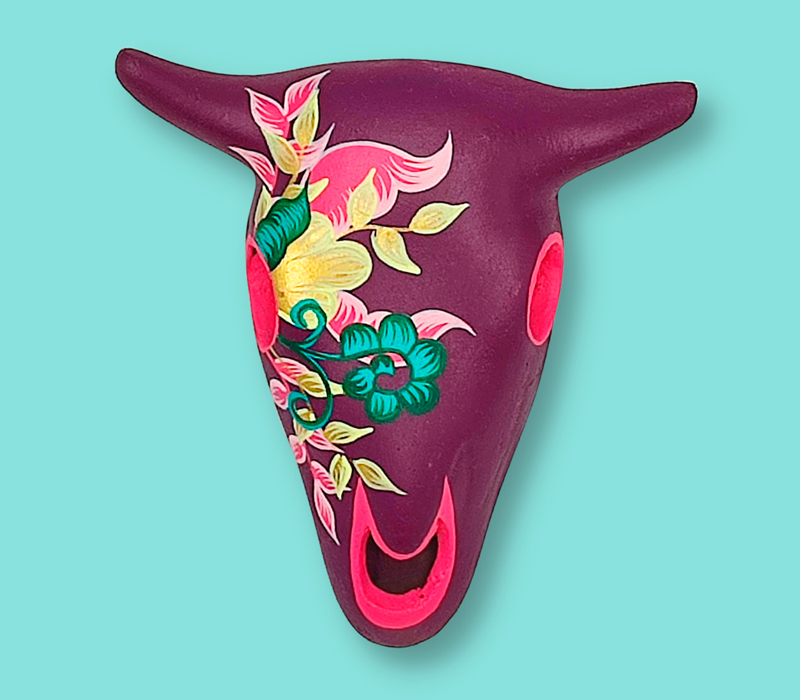
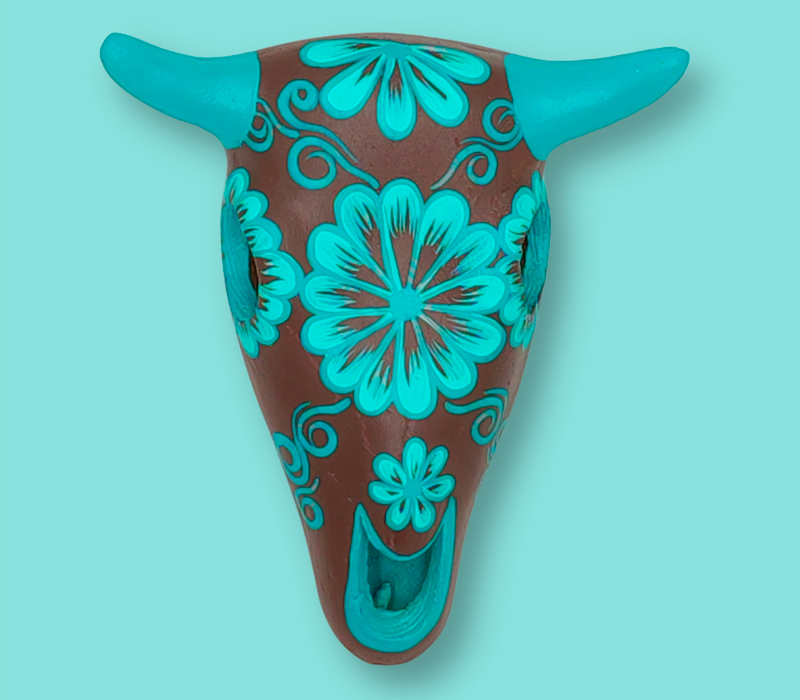
Ceramic styles and techniques in Mexico
Mexican ceramics are known for their wide variety of styles and techniques. Each region has its own way of making ceramics, which has given rise to a rich variety of unique styles and techniques.
One of the most popular styles of Mexican ceramics is Talavera from Puebla. It is especially known for its blue and white designs and is mainly produced in the city of Puebla. Artists use a mixture of clay, silica and feldspar to create the ceramic pieces, which are then decorated with mineral paints and glazes.
Another well-known style is the black clay ceramics of Oaxaca. This technique is used to create utilitarian and decorative objects that have a polished surface and a dark color. Artists use a mixture of clay and ash to create ceramic pieces, which are then polished with a stone to give them a smooth and shiny surface.
Mata Ortiz ceramics are another modern and currently very popular style. It was developed by artist Juan Quezada, who began experimenting with ancient ceramic techniques in his hometown of Mata Ortiz, in the state of Chihuahua. The artists who practice Mata Ortiz ceramics work pottery with a mixture of clay and sand, producing ceramic pieces with modern geometric designs and unique styles.
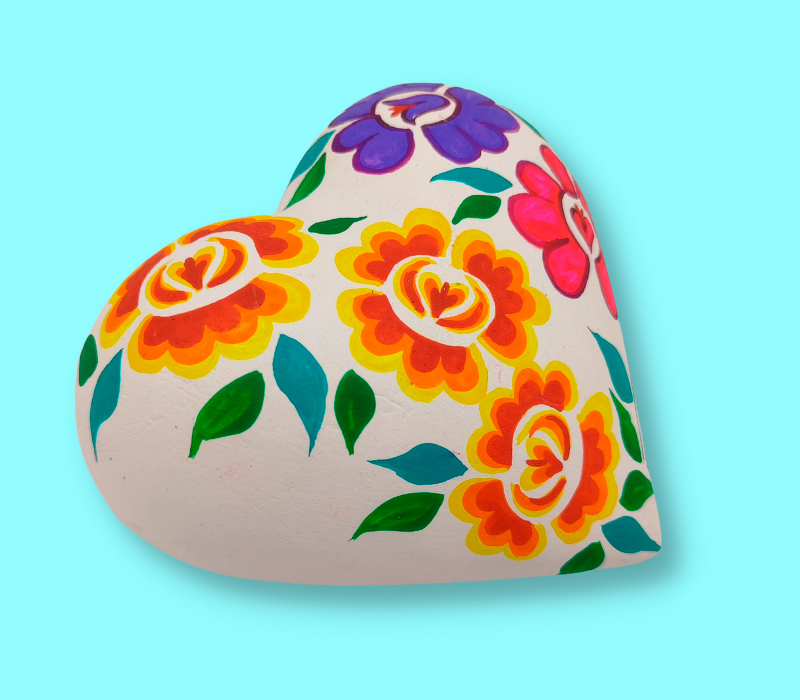
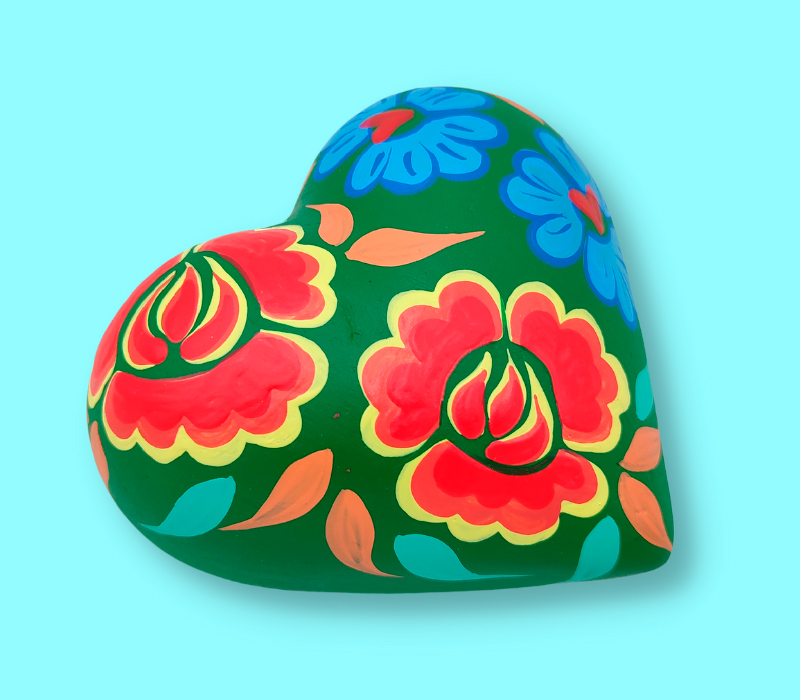
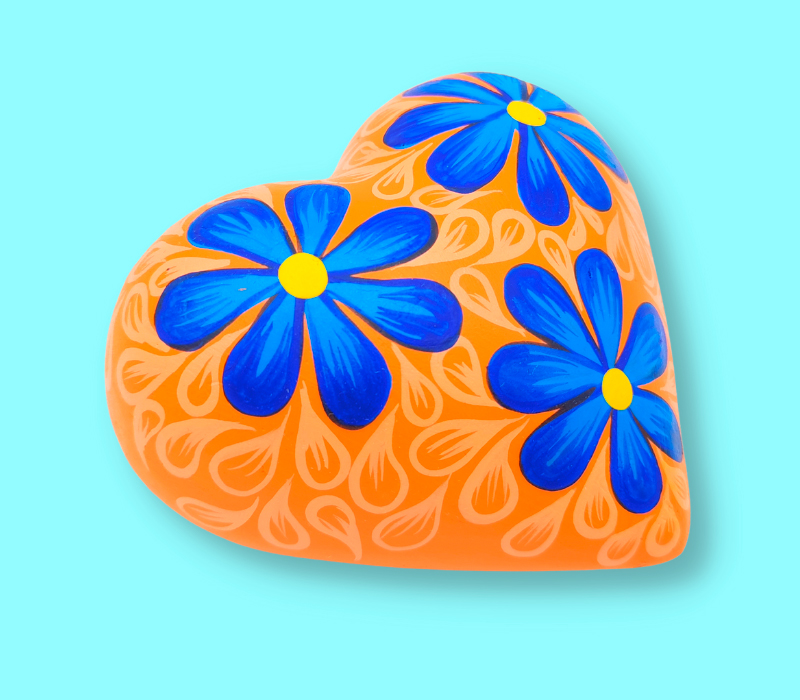
Mexican ceramics and its legacy in popular art
Mexican ceramics have left a lasting legacy in popular art and have influenced many other art forms in this country. It is one of the oldest known art forms and has been passed down over the centuries.
Today, it has become a major tourist attraction in many parts of Mexico. Tourists visiting the country often look for ceramic pieces to take home as souvenirs or to collect.
It has an important role in daily life and Mexican culture. It is used to create functional pieces such as tableware, vases, plates and other decorative objects that are part of daily life. In addition, it is also used in the celebration of important holidays and events, such as the Day of the Dead, where beautiful ceramic offerings are created in honor of deceased loved ones.
Mexican ceramics are a popular and traditional art form that has evolved over the centuries and represents an important part of this country's culture and identity. Its diversity and richness of both techniques and styles make it a unique cultural and artistic legacy.
At Enraizarte we have an extensive catalog of artisanal Mexican ceramics. You can see some of the jobs we currently have at our online store or you can also come visit us at our physical store, we are on López de Vega Street, 3. We will love to serve you and share with you our passion for Mexican crafts. If we don't have what you are looking for, tell us and we will try to find it for you. We will wait for you.